My friend, David Gitlen, who is one heck of a great jazz guitarist, has been teaching me jazz guitar once a week.
David is amazingly knowledgable about everything related to music, jazz, and guitars, and I sure have been learning a lot from David since I started taking lessons from him.
David has been bringing over some of his favorite jazz guitar vinyl albums and CDs for our weekly lessons, which has been great.
David has great taste in jazz, and after listening to David's albums I try to find copies out on Discogs to buy to build up my own jazz guitar album collection.
David's been playing jazz guitar and collecting albums for over 50 years, so he knows a lot about great jazz guitar albums that a lot of people - particularly in audio - haven't ever heard of.
After we finish a lesson we've been listening to a CD or album, with David pointing out particular techniques of the musicians.
David has been teaching me recently to learn how to pick out the key by ear of the music being played, so I can learn to play along with the albums. There's not much opportunity for a student to play with other jazz musicians where I live, so learning how to play along with the greats on albums has a lot of allure for me.
David was teasing me, "You audiophiles can hear the difference between cables, but you can't hear the key the music is in!" Groan. Often true.
Perhaps the most valuable thing for us audio nuts to get our systems dialed in is to learn how to play an instrument, which will inform us more about how well our hifi system is performing than just about anything else.
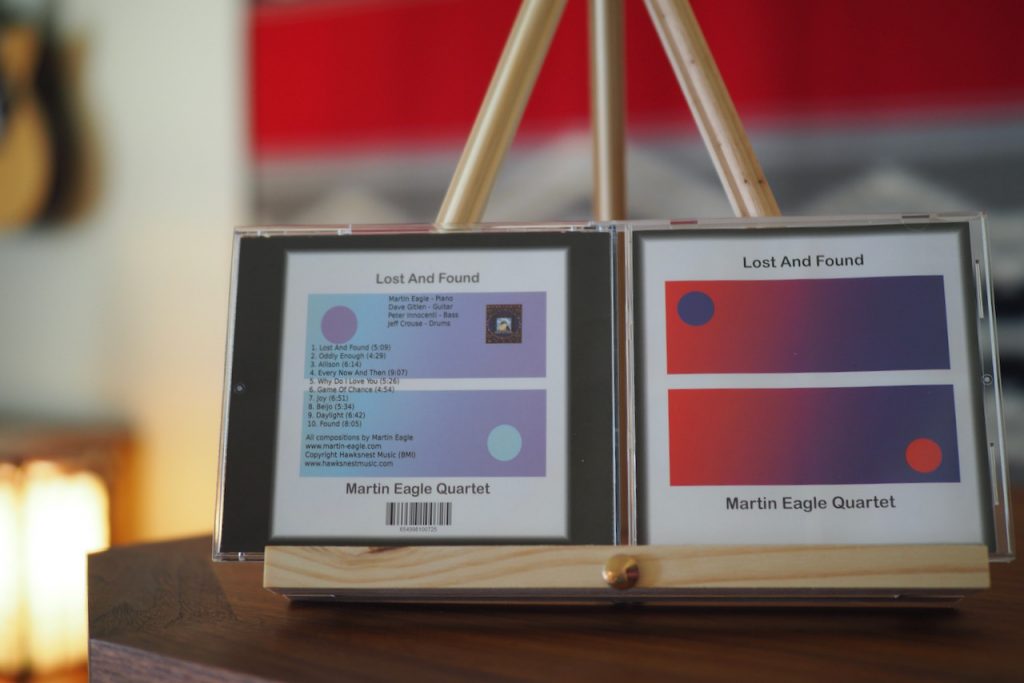
Lost and Found by the Martin Eagle Quartet featuring David Gitlen on guitar.
David bought over a jazz CD, and as a recognition test David asked me who I thought was playing the jazz guitar on the album. I thought it was Jim Hall. It sounded just like Jim. Turns out it was David playing on the album - I was impressed.
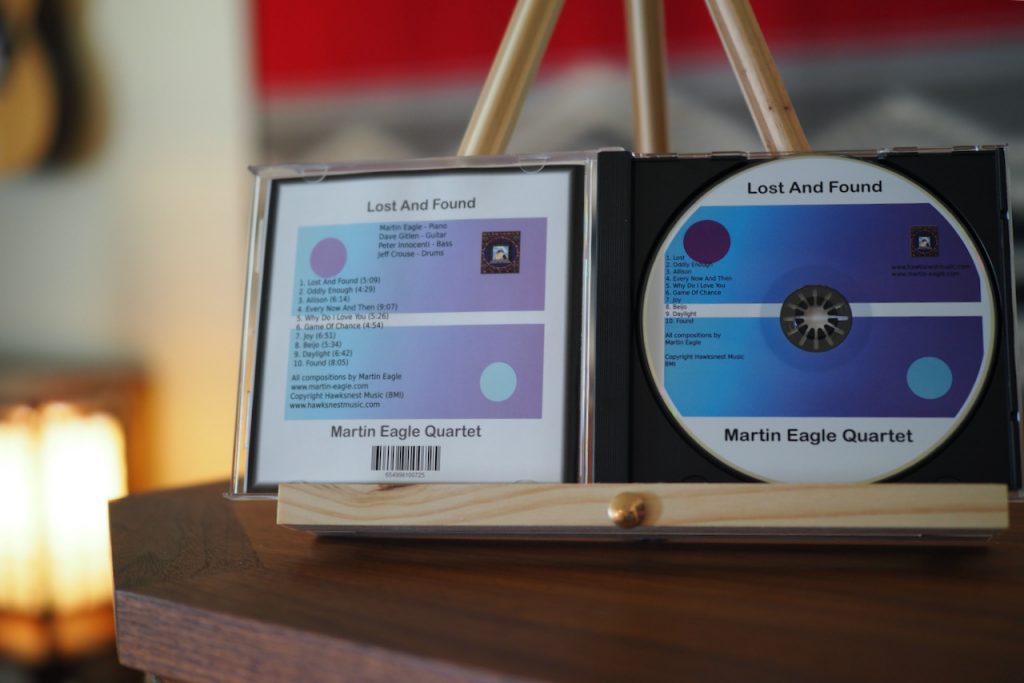
Lost and Found by the Martin Eagle Quartet featuring David Gitlen on guitar.
David's playing really reminds me of the late Jim Hall, who David studied with years ago. We've been listening to albums of Jim Hall, Joe Pass, and Ed Bickert quite a bit, and they are all amazing jazz guitarists.
I've got a long way to go to be a passable jazz guitarist, but the learning process sure has been fun, and very illuminating!
It turns out you can actually teach an old dog like me some new tricks!
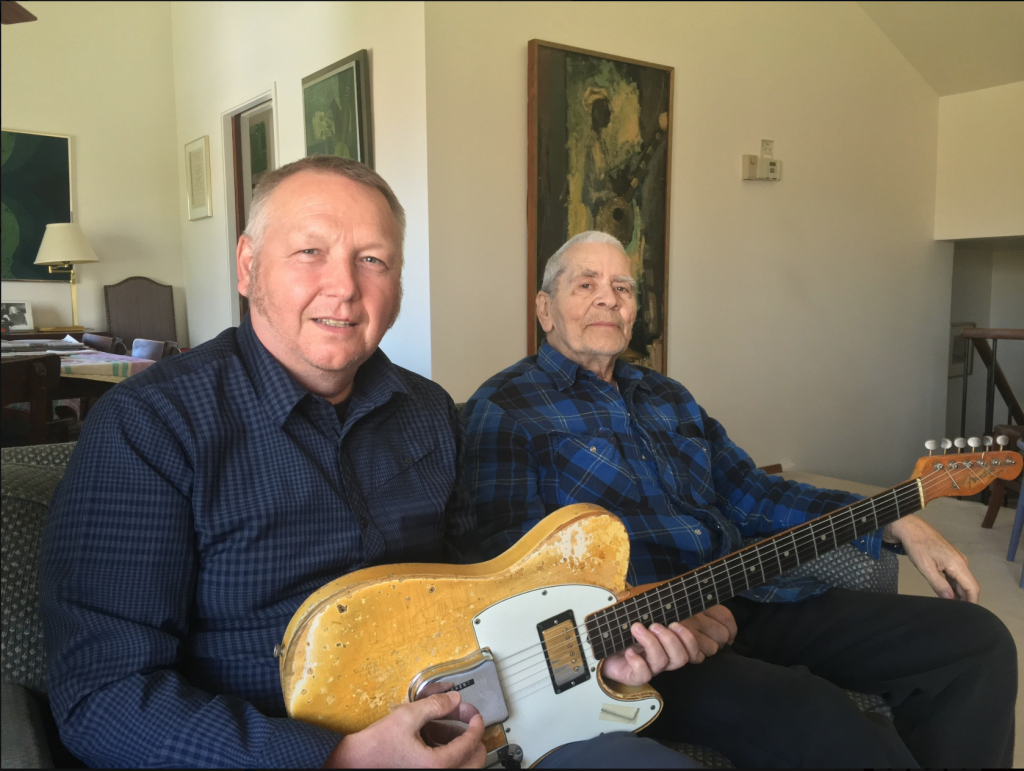
Roman Pokorny (left) with Ed Bickert (right). Roman is holding Ed's famous Telecaster. Photo courtesy of Roman Pokorny.
With the help of luthier Mike Terry, who installed a Gibson 57 Classic pickup into my Tele (close to the pickup Ed used), I built a near-replica of Ed Bickert's modified Fender Telecaster jazz guitar out of the Fender American Vintage '64 Telecaster that I bought that belonged to musician Ray LaMontagne. Of course being the audio nerd I am, I also installed replica Bumblebee "vintage" tone caps in the Tele for that rich vintage tone.
The Tele is so easy to play that it has really helped me in the learning process. The Telecaster is an amazingly versatile guitar that can be adapted to jazz, rock, blues, country, or you name it, and you can buy a nice one without breaking the bank.

My Ed Bickert Telecaster "replica".
If or when my playing gets far enough along to warrant it, just for fun I may buy one of Roger Sadowsky's Jim Hall model archtop guitars, along with a SeQuel Tribute (to Jim Hall) archtop tube amp.
The SeQuel is a replica of the long out of production Gibson GA 50T from 1948 that Jim Hall used a lot when he played, and is a historic part of the Jim Hall (and Barney Kessel) sound.
In audio terms, both the guitar and amp are rather affordable, at a little over $7K USD for the pair, but in real world working-man terms, or old retired guy terms, that's still a lot of money.
It's the old dilemma of needs versus wants, "Should I paint the house, or buy a new guitar and amp?" Decisions, decisions.
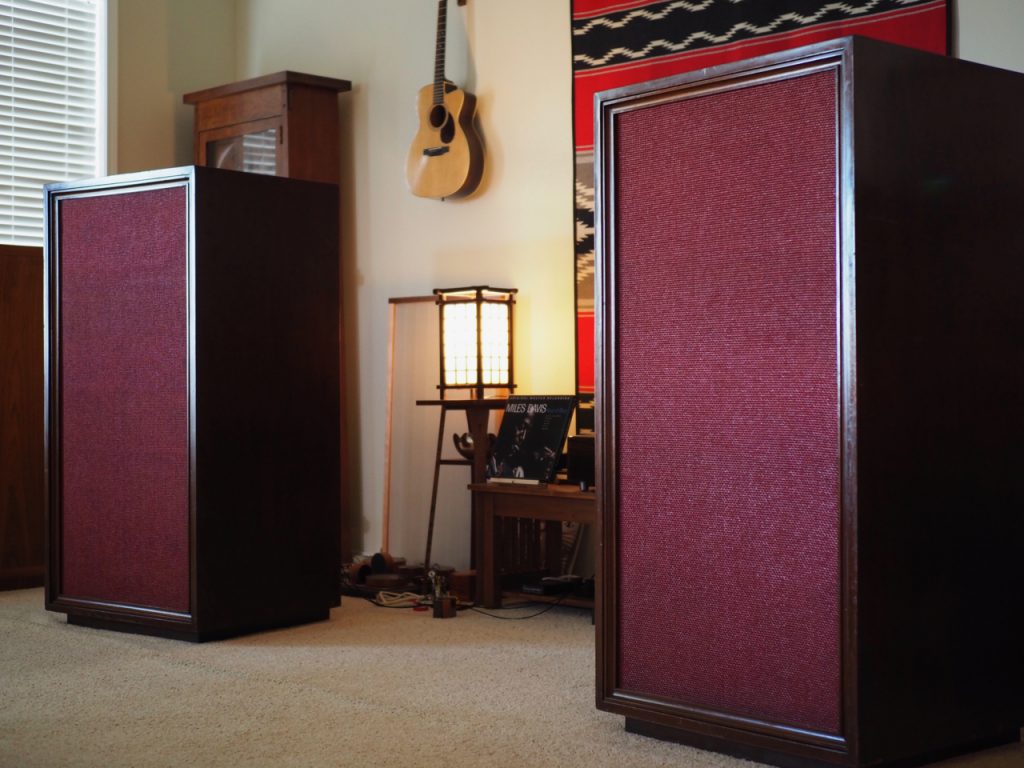
Vintage custom Altec loudspeakers built for conductor Leopold Stokowski.
David was an audio guy at one time too, with a nice JBL system back in the day, and he knows good performance when he hears it.
David likes my Westminsters more than my "Stokowski" Altecs due to the higher level of transparency the Westminsters offer.
I love the "hot fudge sundae" - rich, sweet, and dark - vintage voicing of my Altecs, but it is great to be able to go back and forth between these two very different sounding loudspeakers for the different musical experiences they offer.
Late at night, the Altecs powered by the Audio Note (UK) Oto integrated amp never fails to send me into a deep state of musical bliss.
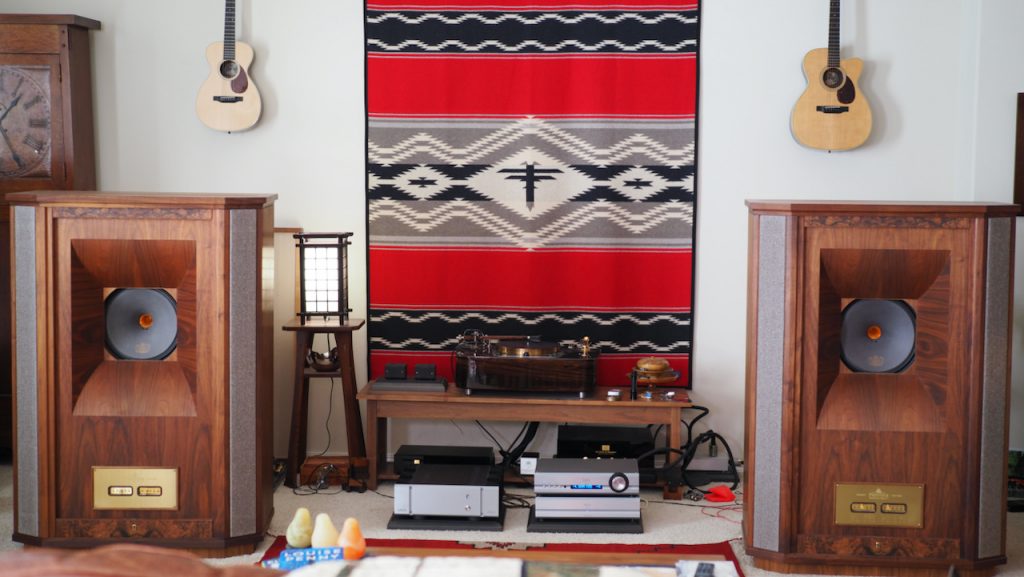
Duelund-Westminster Project loudspeakers with Pass Labs electronics.
After our jazz guitar lessons lately, David and I have been listening to the Westminsters powered by the Pass Labs XP-17 phono, XP-12 pre, and XP25 stereo amp, and the performance of that system is indeed impressive both musically and sonically.

Jim Hall's "Guitar" album on the Artists House label that was recorded live at Sweet Basil.
After this week's lesson David and I listened to Jim Hall's Guitar album on the Artists House label that was recorded live at Sweet Basil Jazz Club in New York City's Greenwich Village in 1978.
David was there at the Sweet Basil Jazz Club for the recording, so this album has special meaning for David, and of course it is awesome music, so I found a copy for sale on Discogs and ordered it to add to my own jazz collection.

Pass Labs XP-17 phono preamplifier.
I'm just coming off the article about the Pass Labs XP-17 phono preamplifier article for Positive Feedback (HERE) and am gearing up for the Positive Feedback article about the Triode Lab 45 EVO SET integrated amplifier, which is next in my review queue.
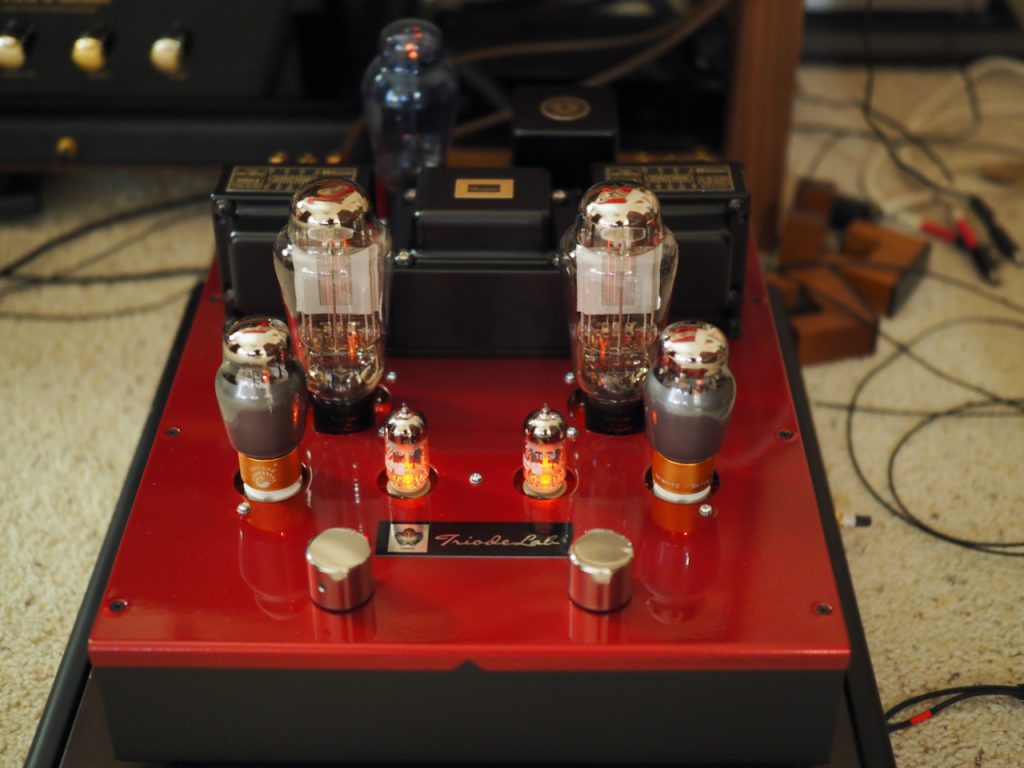
Triode Lab 45 EVO SET integrated amplifier with Sophia Electric Aqua 274B rectifier.
The Pass Labs XP-17 phono, XP-12 pre, and XP25 stereo amp combo has really impressed me on my Westminster Royal SE loudspeakers. Both in terms of audiophile-style sonics, and even more importantly to me, in terms of musicality (sounding like actual music), the Pass Labs trio of components truly excels.
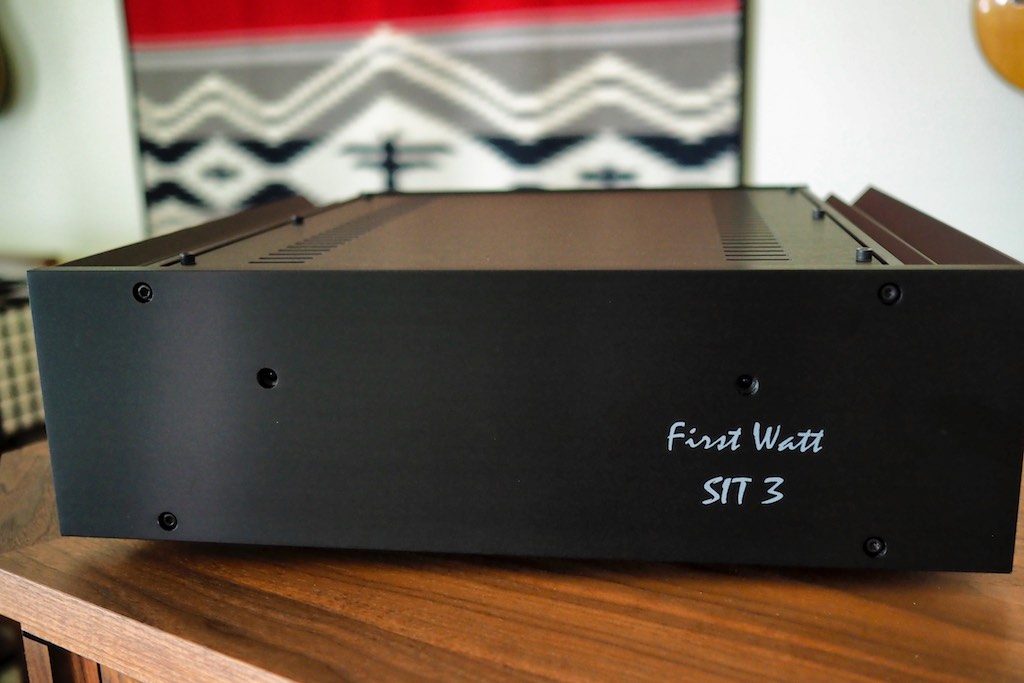
The First Watt SIT-3 stereo power amplifier.
However, before I tear down the system, to swap the Altecs for the West's, for the article about the Triode Lab 45 EVO SET integrated amplifier, I wanted to give the First Watt SIT-3 (HERE) and First Watt F8 (in for review) a quick listen with the Pass Labs XP-12 pre and XP-17 phono combo.

Vintage McIntosh MX110Z tuner-preamplifier.
When I wrote up the First Watt SIT-3 for Positive Feedback I used my vintage McIntosh MX110Z tuner-preamplifier for a preamp. With the MX110Z the SIT-3 didn't really have enough power at 18 watts to power my Westminsters to live-like levels, but it sure did sound glorious!

Pass Labs XP-12 pre with Pass Labs XP-17 phono.
It turns out that the First Watt SIT-3's 18 watts combined with the Pass Labs XP-12 and XP-17 had plenty of power to drive the West's to live-like levels.
That really caught me by surprise. As you would expect, the First Watt SIT-3 also sounded quite different when paired with the Pass Labs XP-12 and XP-17.
For the eventual review of the First Watt F8 that will be coming at Positive Feedback, I'll go into detail about those differences that I heard from the SIT-3, and also compare it to the F8, to give you First Watt aficionados a more complete picture of the differences in performance between these two high-performance solid-state stereo amplifiers.

First Watt F8 Stereo Amplifier and Pass Labs XP-17 Phono Equalizer.
My first listen to the F8 was with my Altecs, and it sounded really nice, with kind of a darkish, rich, and musical presentation.
I wasn't sure how much of what I was hearing was due to the vintage Altecs voicing, so I wanted to hear the First Watt F8 with my Westminsters as well.
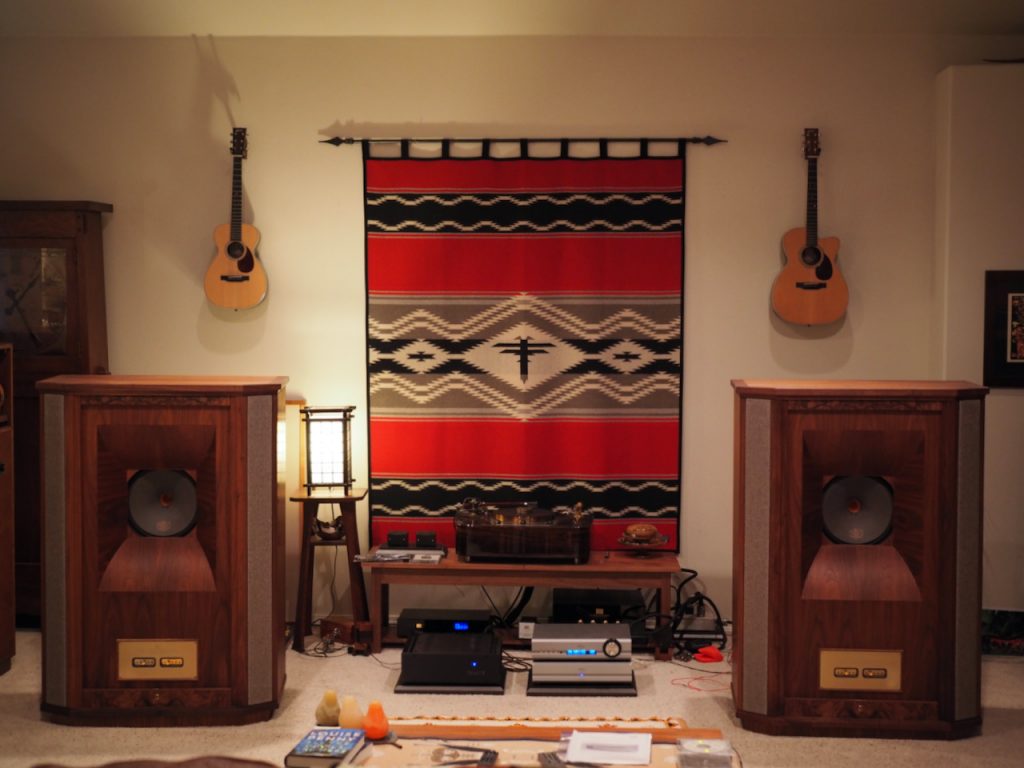
Westminsters with First Watt F8 stereo amp and Pass Labs XP-12 pre and XP-17 combo.
The First Watt F8 stereo amp puts out 25 watts into the 8 Ohms of the Westminsters, and easily drives them to live-like levels.
Some weeks back, my buddy Santos stopped by for a visit. We swapped in and out the Pass Labs XA25 amp with the First Watt F8 amp for some listening comparisons.
At the time the F8 amp didn't have a lot of hours on it, and still needed some more run-in time. Santos liked the Pass Labs XA25 with its transparent and more vibrant sound, and thought the F8 amp sounded a little too laid back for his tastes.
At the time I was thinking the Audio Note (UK) silver speaker cables and interconnects might be just the ticket for the F8, and I still want to try that, but now with more hours on the First Watt F8 amp it is opening up more and sounding really nice, with lots of natural sounding detail resolution, lots of rich harmonics, and a really musical presentation that puts the musicians in the room with you.
I still think the F8 needs another 50 to 100 hours on it to settle into its full level of performance, but I thought a few comments about its evolving sound might be interesting for you to read about.

I'm Beginning To See The Light - Martin Taylor, David Grisman, Jim Kerwin, and George Marsh.
When David was visiting he put on the I'm Beginning To See The Light with Martin Taylor, David Grisman, Jim Kerwin, and George Marsh.
David's goal was for me to pick out the key for "Autumn Leaves" by ear (track 2), and figure out the chord progression for the next lesson.
Later that day I got out my little Collings parlor guitar and played a few chords to see if I could figure out the key. I came up with G for the key, with the II V I being A-7 - D7 - GM7, with the ending being in Em. Now I'm trying to learn the full chord progressions so I can play along with the album.
I mention that because the First Watt F8 amp made it abundantly clear what was going on in the music, and it was like having Martin, David, Jim, and George in my living room.
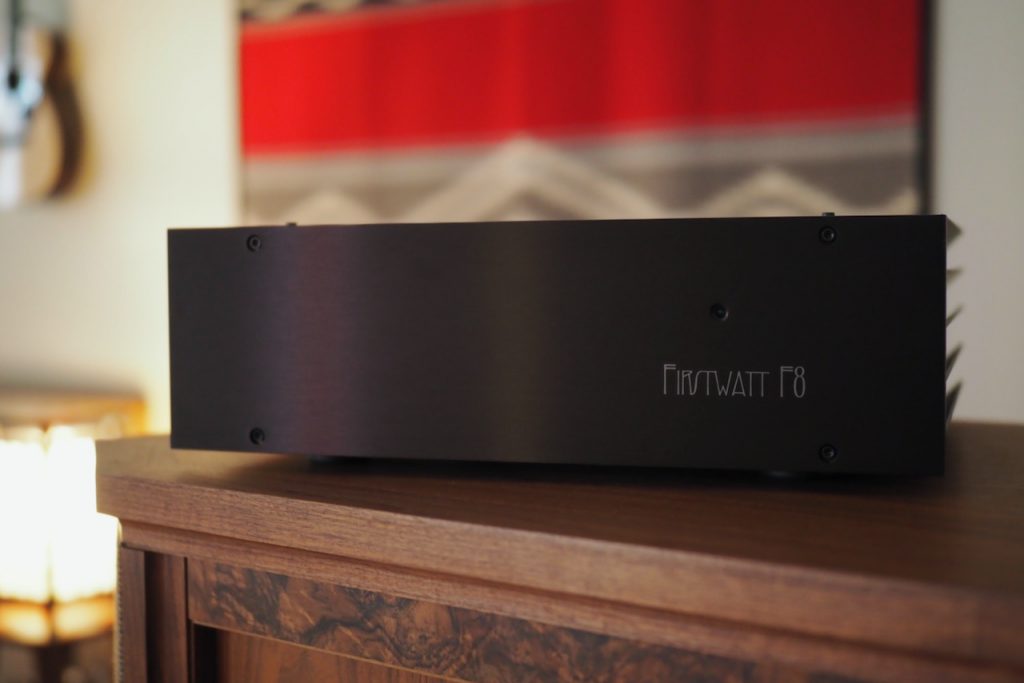
The new First Watt F8 stereo amplifier from Nelson Pass.
The F8 does tone color really well. I don't mean the overall "tone" of the F8 amp by that, which sometimes gets confused with tone color, but rather I mean tone color in a musician's sense, where you can easily pick out and hear the additional tones added to three tone triads that give them that jazzy musical color of minor 7ths, major 7ths, -7b5s, dominant chords, or diminished chords, and so forth.
The F8 really lets you know what's going on in the music while still sounding natural, warm, and richly musical. I predict there's a lot of people that will fall head over heels for the F8.
I certainly enjoy what I'm hearing from the F8, and it sure does sound gorgeous with Martin Taylor, David Grisman, Jim Kerwin, and George Marsh playing music in my living room.
Ok, that's all for now, and I'll report back as the F8 amp gets some more time on it. Much more to come.
As always, thanks for stopping by, and may the tone be with you!



























